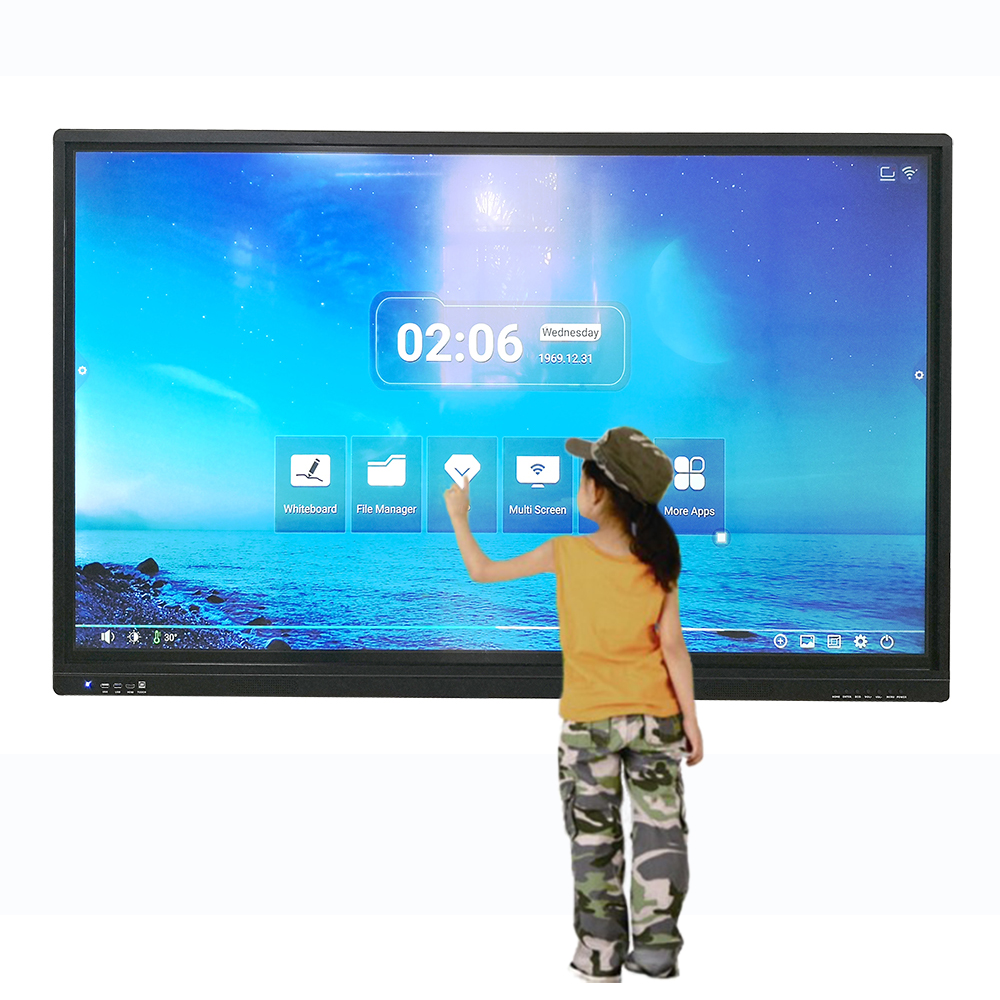Streaming into the Future: The Smart TV Market Outlook
Streaming into the Future: The Smart TV Market Outlook
Blog Article
Television has come a long way from the black-and-white screens of the 20th century to today’s ultra-slim, ultra-smart entertainment hubs. The rise of the smart TV market is a reflection of how consumer preferences have evolved, driven by demand for seamless streaming, voice control, internet connectivity, and app-based functionality in a single screen.
Today, a smart TV is more than just a display; it’s a gateway to an integrated entertainment ecosystem. This blog explores how the smart TV market is growing, what’s powering its expansion, and what the future holds.

???? Smart TV Market Overview
The smart TV market has witnessed tremendous growth over the past decade. In 2023, the global market was valued at over USD 220 billion and is projected to surpass USD 400 billion by 2030, growing at a CAGR of approximately 9%. Increasing internet penetration, rising disposable incomes, and the explosive popularity of OTT platforms like Netflix, Disney+, and Amazon Prime have all fueled this growth.
???? What is a Smart TV?
A smart TV is a television set with integrated internet connectivity and interactive web features. Unlike traditional TVs, smart TVs come with built-in operating systems that support apps, voice recognition, screen mirroring, and more.
Common features include:
Streaming apps (Netflix, YouTube, Hulu, etc.)
Voice assistants (Google Assistant, Alexa)
Built-in web browsers
Screen sharing/casting
AI-based content recommendations
Gaming capabilities
Smart home integration
???? Key Drivers of the Smart TV Market
1. Rise of OTT Platforms
As cord-cutting becomes a global trend, streaming services have become the primary mode of content consumption. Smart TVs allow users to directly access their favorite shows and movies via built-in apps.
2. Technological Advancements
Innovations in display (4K, 8K, OLED, QLED), audio enhancements, and faster processors are making smart TVs a more compelling purchase than ever.
3. Voice-Enabled Features
Built-in voice assistants simplify navigation and enable smart home integration, aligning with consumer preferences for convenience and automation.
4. Affordable Options
Brands like Xiaomi, TCL, and Hisense are offering smart TVs with premium features at lower price points, making the technology more accessible.
5. E-commerce and Online Retail
The proliferation of e-commerce platforms has boosted sales by offering competitive pricing, easy delivery, and product comparison tools.
???? Market Segmentation
The smart TV market can be segmented by:
Screen Size: Below 32", 32"-45", 46"-60", Above 60"
Display Technology: LED, OLED, QLED, LCD
Resolution: HD, Full HD, 4K, 8K
Operating System: Android TV, Roku, WebOS, Tizen, Fire TV
End-User: Residential, Commercial
Distribution Channel: Offline Retail, Online Retail
???? Regional Insights
North America: Strong market due to high penetration of smart homes and OTT consumption
Europe: Significant demand for high-end displays and eco-friendly tech
Asia-Pacific: Fastest-growing region, driven by rising incomes, urbanization, and smartphone adoption
Middle East & Africa: Growing demand in urban centers, especially in the hospitality sector
Latin America: A rising entertainment sector and affordable smart TVs are supporting growth
???? Emerging Trends in the Smart TV Market
???? Voice and Gesture Control
Hands-free control is becoming standard with integration of Google Assistant, Siri, and Alexa.
???? AI and Machine Learning
Smart TVs now offer personalized content recommendations, dynamic picture adjustment, and context-aware features.
???? Gaming Integration
With platforms like Xbox Cloud Gaming and Nvidia GeForce Now, smart TVs are doubling as gaming consoles.
???? Smart Home Hubs
Smart TVs are increasingly serving as central control units for smart homes, syncing with lighting, thermostats, and security systems.
☁️ Cloud-Based Features
TVs are being equipped with cloud DVR and streaming sync features, ensuring a seamless multi-device experience.
???? Security Concerns and the Cyber Insurance Market
As smart TVs become more connected, cybersecurity threats grow. They can be potential entry points for hackers targeting your Wi-Fi, stored credentials, or camera feeds. Consumers are becoming more aware of the privacy risks associated with connected devices. This growing awareness is also pushing industries like the cyber insurance market to consider coverage that extends to IoT-enabled devices within homes, including smart TVs.
???? Future Outlook
The future of the smart TV market is deeply intertwined with innovations in connectivity and content delivery. As 5G and Wi-Fi 6 become widespread, buffering and latency will be issues of the past. Additionally, the merging of TV, gaming, and smart home systems into a single interface will redefine user experience.
Tech giants like Samsung, LG, Sony, and Google are investing heavily in R&D to bring immersive technologies like holographic displays, foldable screens, and even more responsive AI into living rooms.
???? Conclusion
The smart TV market is not just growing — it's evolving into a central piece of the modern digital lifestyle. With consumer habits shifting from passive viewing to interactive engagement, smart TVs are becoming essential home hubs for entertainment, information, and control.
As technology continues to advance, we can expect smart TVs to become even smarter, more integrated, and more indispensable in the connected homes of the future.
Related Trending Reports
| Gaming Accessories Market |
| Fire Protection System Market |
| Sports Technology Market |
| Smart Building Market |
| Smart TV Market |